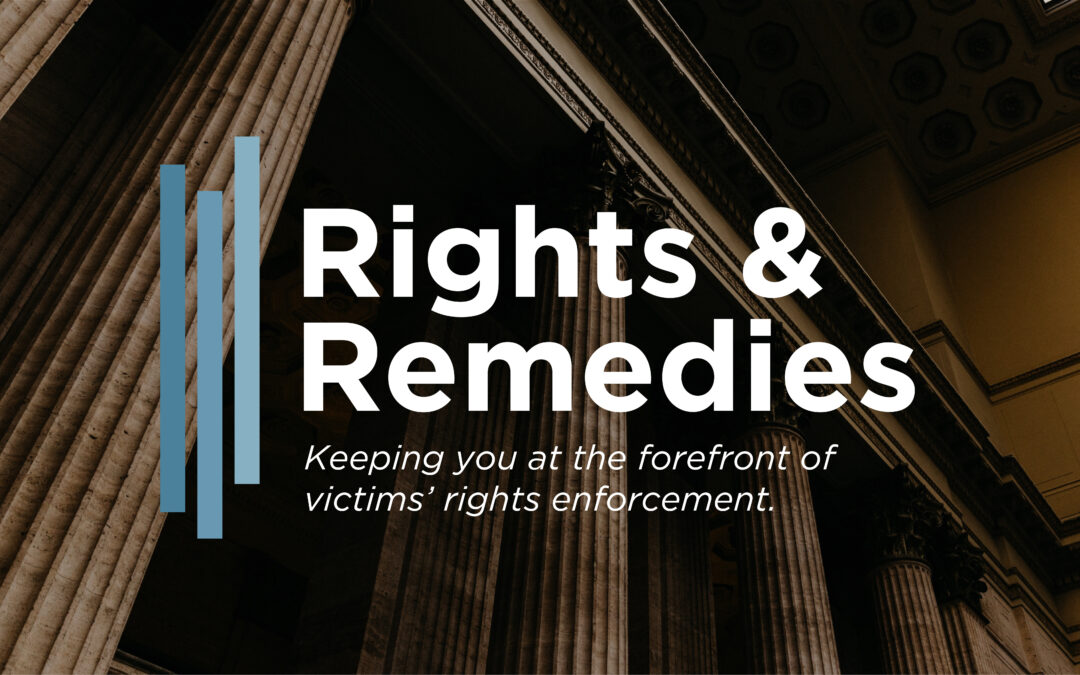May 23, 2023
Defining “Victim” in the Crime Victims’ Rights Act
Paul Cassell, JD
I’m looking forward to attending NCVLI’s upcoming annual Crime Victim Law Conference – for me, the one “must attend” conference of the year. I always learn something new and interesting about crime victims’ rights from the programming there.
During the Conference, I will be presenting on a topic that I’ve been thinking about a lot: How do we define the term “victim” in crime victims’ rights enactments?
Along with a former student of mine (Michael Morris), I have a new law review article on the subject – which can be downloaded here.
The abstract of the article sets out our argument – and how courts should broadly define the term “victim” when enforcing crime victims’ rights:
Who qualifies as a “victim” is the critical foundational question for the Crime Victims’ Rights Act (CVRA) and other crime victims’ rights laws.
This article provides the first comprehensive exploration of this “victim” definition question. It traces out how the CVRA (and many states) define the term “victim” as broadly covering anyone who has been harmed as the result of a crime.
This article begins by reviewing how issues surrounding the definition of “victim” have evolved in the criminal justice system since the Nation’s founding.
In the last several decades, as crime victims’ rights protections have proliferated, it has become necessary to define “victim” with precision. The definition of “victim” has gradually evolved from a person who was the target of a crime to a much broader understanding of a person who has suffered harm as the result of a crime.
The CVRA provides a good illustration of the expansive contemporary definition of “crime victim”—a definition whose implications frequently are not fully appreciated by courts, prosecutors, and other actors in the federal criminal justice system.
The Act defines victim as a person “directly and proximately harmed” by a crime.
This definition extends crime victims’ protections to many persons who may not have been the target of a crime. This article also analyzes important categories of crimes—violent, property, firearms, environmental, and government process crimes—where “victim” definition issues often occur. It also takes a close look at a significant recent case involving the CVRA’s crime victim definition: the
The article concludes by arguing that legislators should adopt, and courts should enforce, a far-reaching conception of a “crime victim” as anyone who suffers harm from a crime. This conception is needed to ensure that important victims’ rights are extended to all who need their protection.
Article can be downloaded here: https://papers.ssrn.com/sol3/papers.cfm?abstract_id=4365790
Paul G. Cassell is a former judge and expert on crime victims’ rights, police interrogation, and other criminal and civil justice issues. He is also the Ronald N. Boyce Presidential Professor of Criminal Law and University Distinguished Professor of Law at S.J. Quinney College of Law at the University of Utah.
Twitter: @pgcassell


